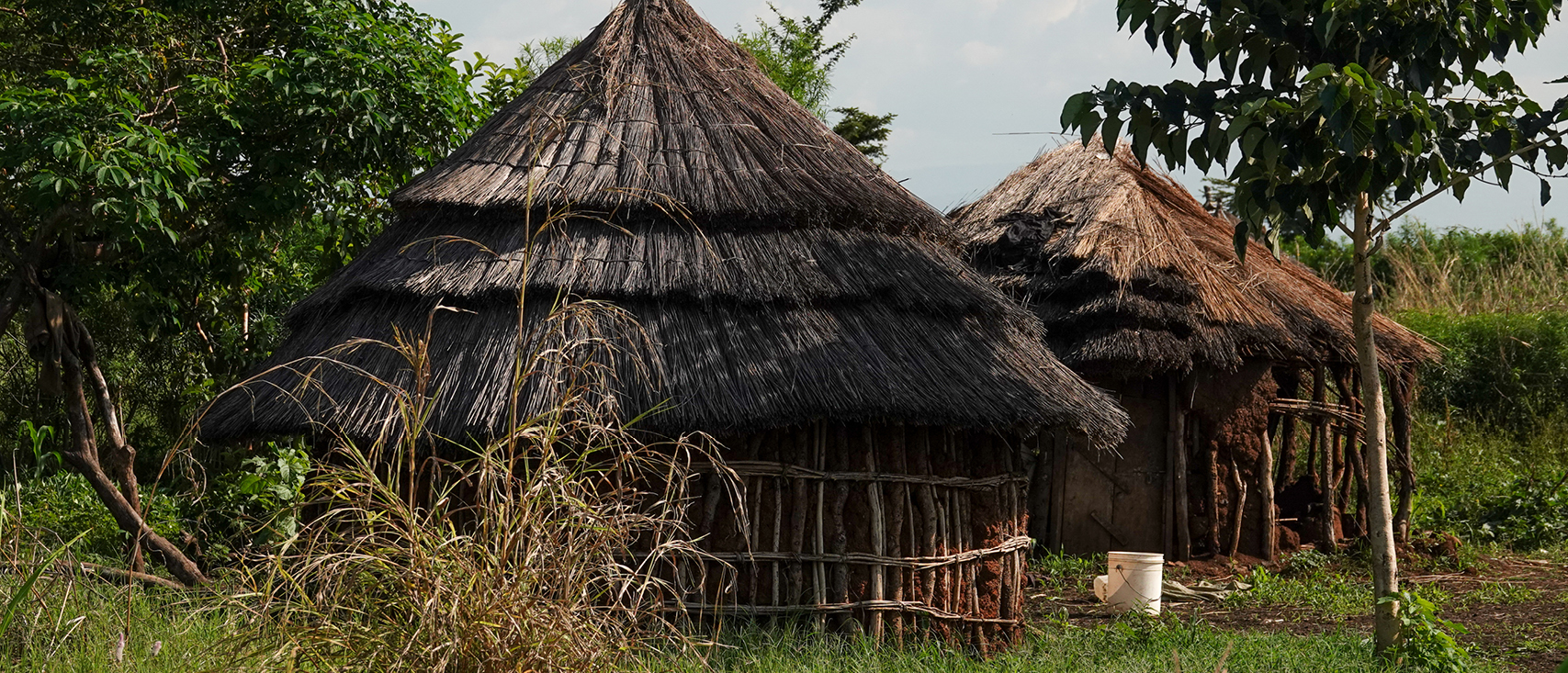In this article, we guide you through the best time to visit East Africa, focusing on Uganda and Kenya, with tips for safaris, gorilla trekking, birding and travel during the wet and dry seasons.
Planning your trip to East Africa? Timing is everything.
The weather, landscapes and wildlife behaviour change with the seasons — and knowing when to go can elevate your safari or trekking experience.
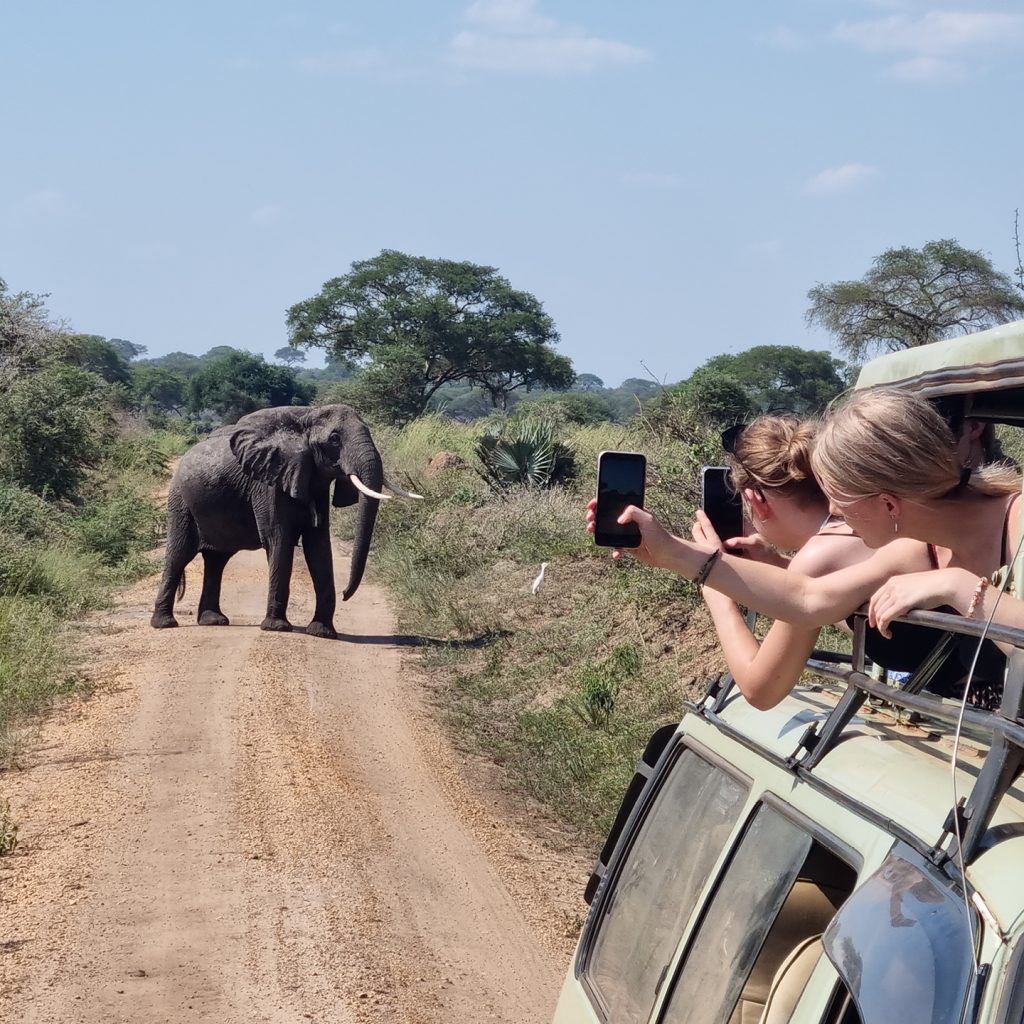
East Africa’s Seasons at a Glance
East Africa doesn’t follow the traditional four seasons. Instead, the year is shaped by wet and dry periods, which vary slightly by country and region.

- Dry seasons: December – February & June – August
- Wet seasons: March – May & September – November
- Rain usually comes in short, heavy bursts and clears quickly. Roads outside the parks are mostly paved and accessible year-round.

- Long dry season: June – October
- Short rains: November – December
- Long rains: March – May
- The Great Migration in the Masai Mara usually peaks July – September
“In Uganda, February is often very hot and dry, but outside that month the climate is
relatively balanced. Even in rainy seasons, travel is still very possible.”
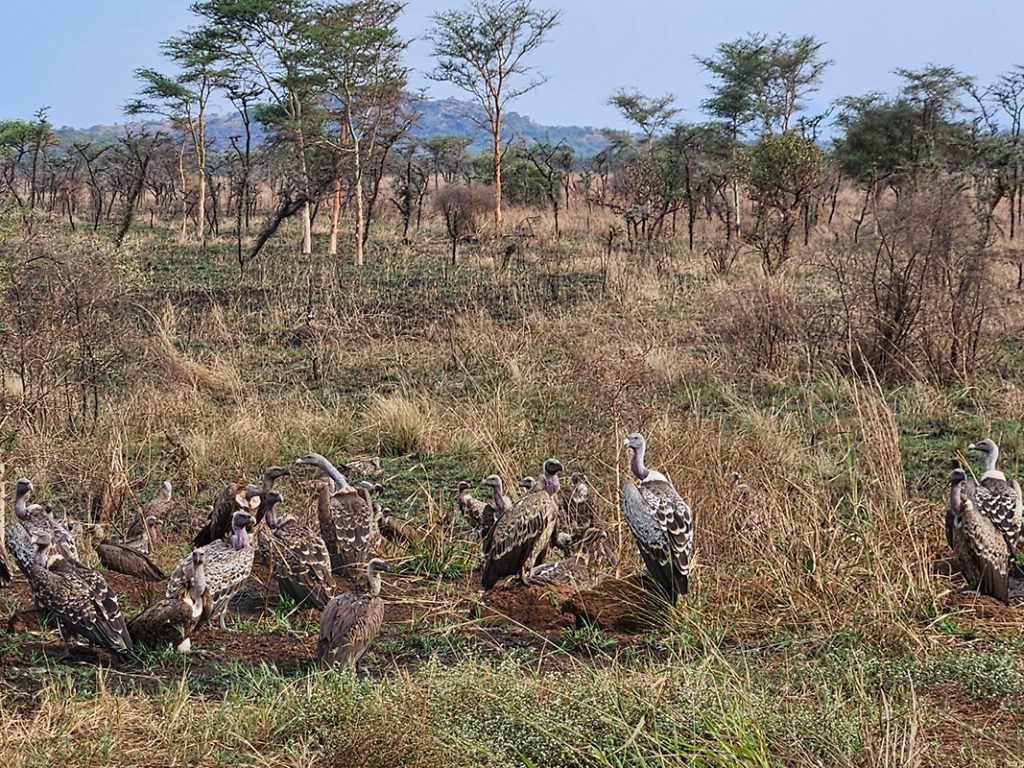
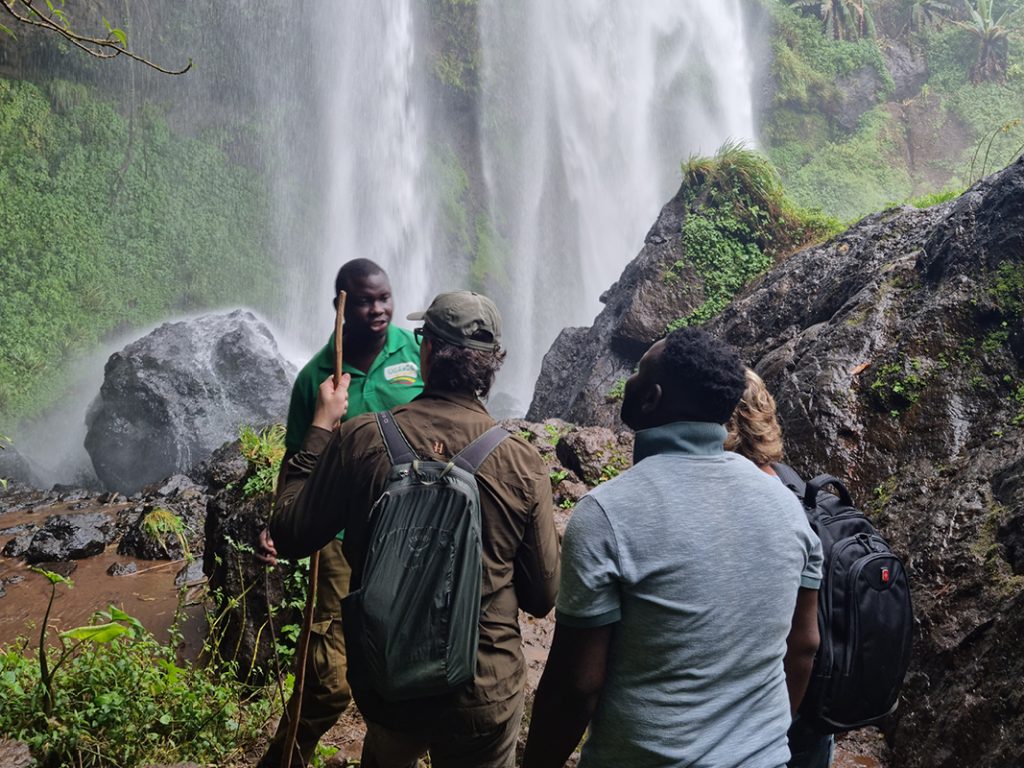
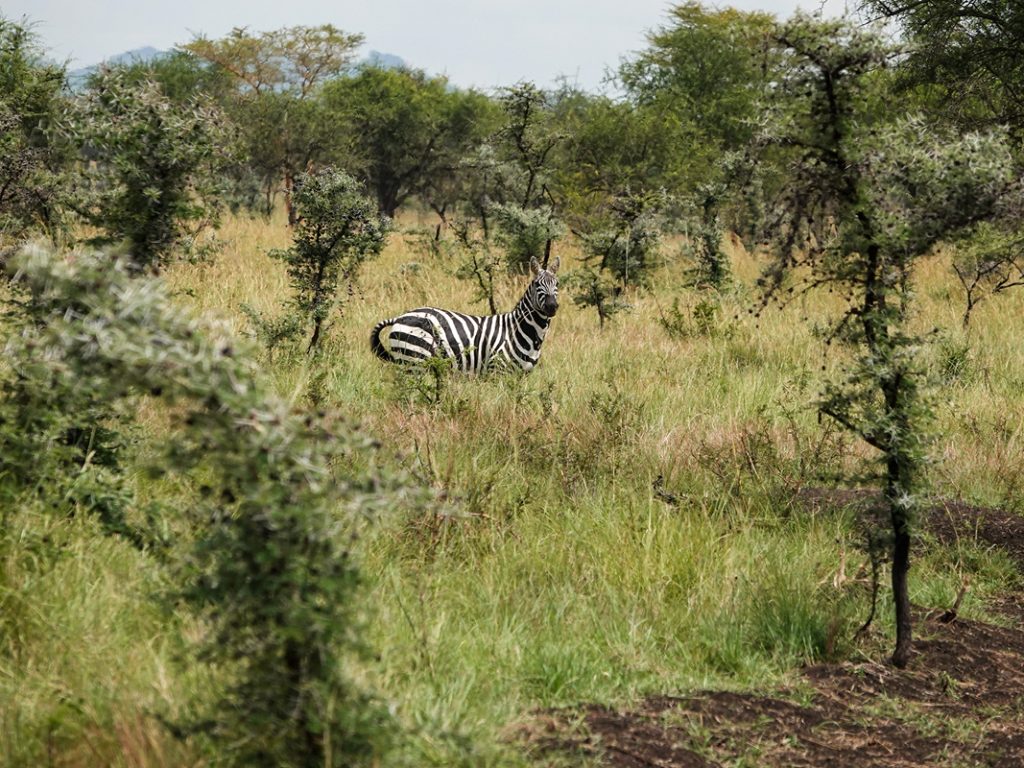
Best Time for Safari in Uganda and Kenya
Both countries offer great safari opportunities throughout the year — but there are optimal months depending on your goals. In general, the best time to visit East Africa is as follows:
May – October
- Comfortable weather and fewer mosquitoes
- Easier to spot animals gathering at water sources
- Green landscapes after short rains
- Excellent visibility in parks like Murchison Falls, Queen Elizabeth and Masai Mara
October
- Dryer plains make wildlife easier to spot
- Still green enough for great photography
“This period is perfect for safaris — green, alive, but not too wet.
Ideal for spotting lions, elephants and more.”
Best Time for Gorilla Trekking in Uganda
Gorilla trekking is possible year-round in Bwindi Impenetrable Forest and Mgahinga National Park, but dry conditions are best.
Best months:
- June – September
- December – February
Trails are less slippery, visibility is better, and walking is easier. However, gorillas don’t migrate — they’re always in the forest.
Important tip:
Permits are limited to protect the gorillas. Only 8 people per group per day. Booking well in advance is essential as few groups are aloud per day.
“We always advise travellers to secure their gorilla permit as early as possible. Demand is high, and spots are few.”
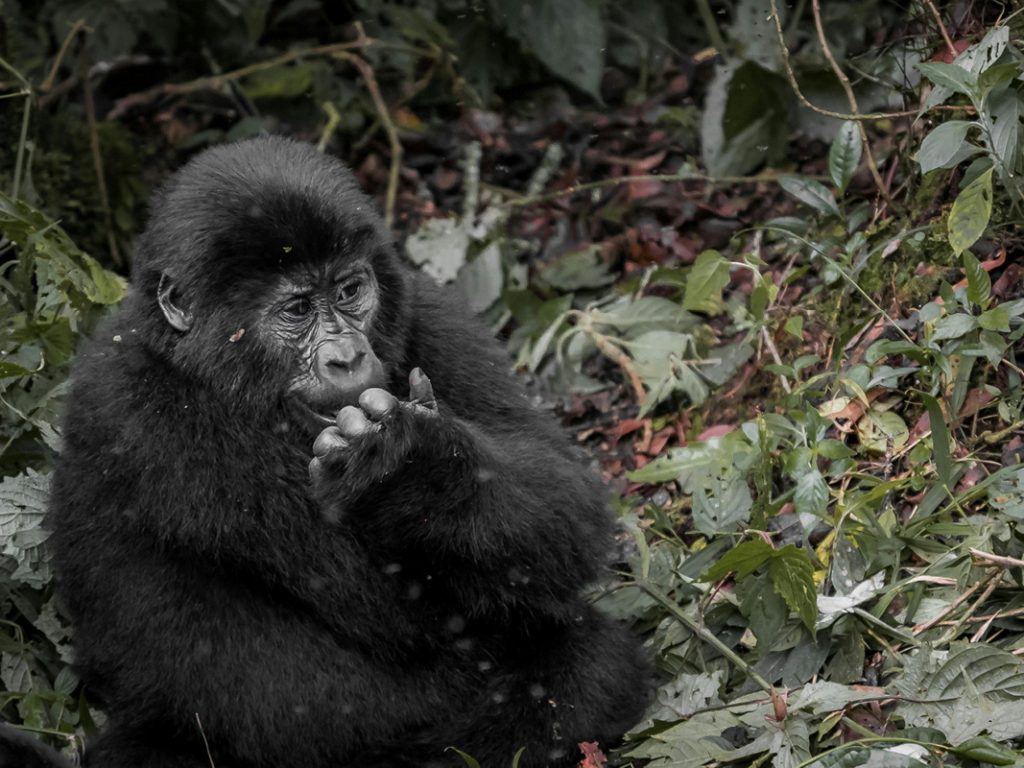

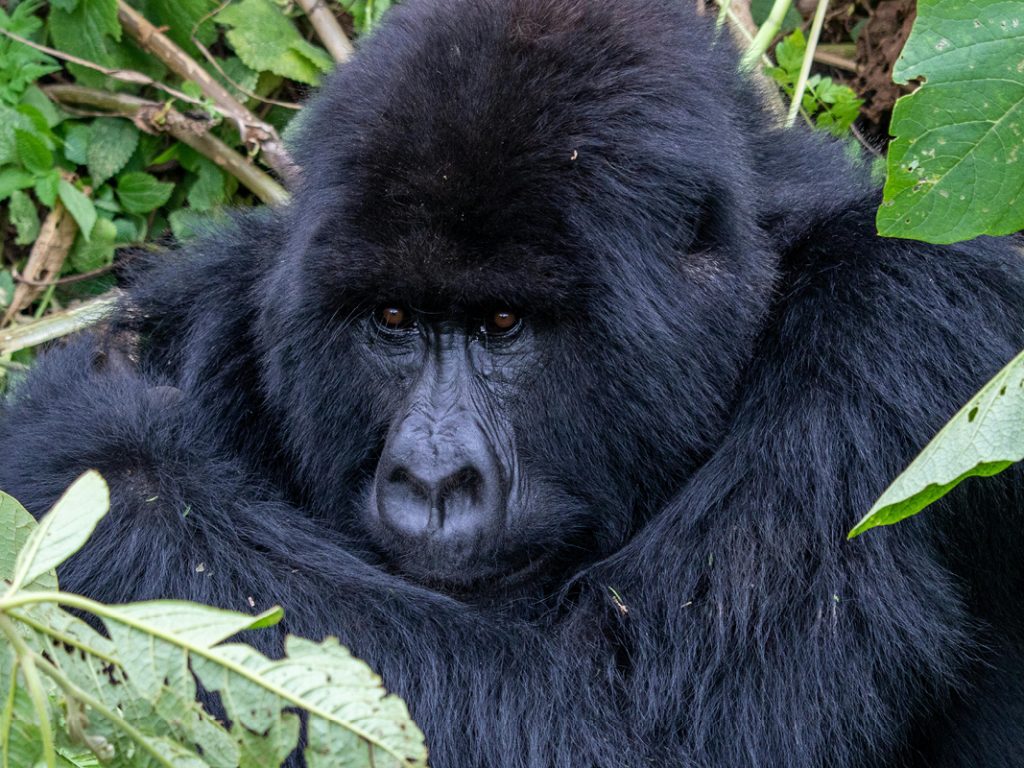
When Is the Great Migration in Kenya?
The famous wildebeest migration between the Serengeti and the Masai Mara is one of nature’s greatest spectacles.
- Arrival in Kenya: Usually in late June or July
- Mara River crossings: Peak in July – August
- Departure south: Often late September to early October
But timing shifts with the rains — if grass is early in Kenya, they come earlier. If rains return to Tanzania sooner, they leave faster.
“It’s nature — the wildebeest follow the green. Some years they arrive early, some
years they stay longer. We watch the skies and the grass.”
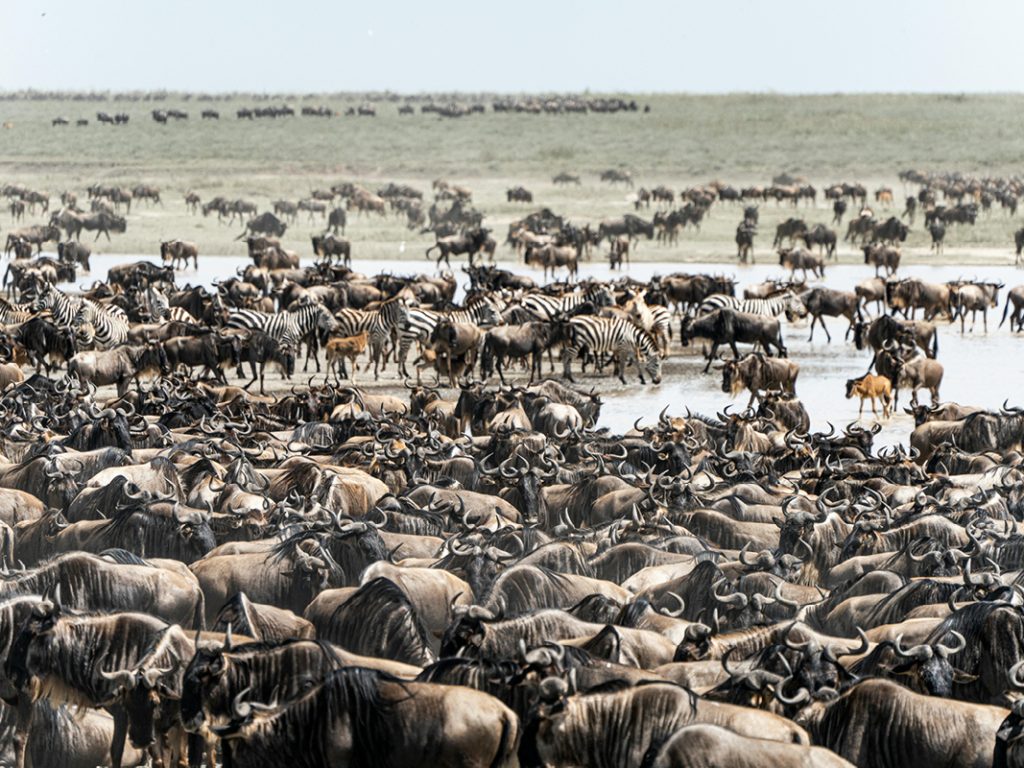
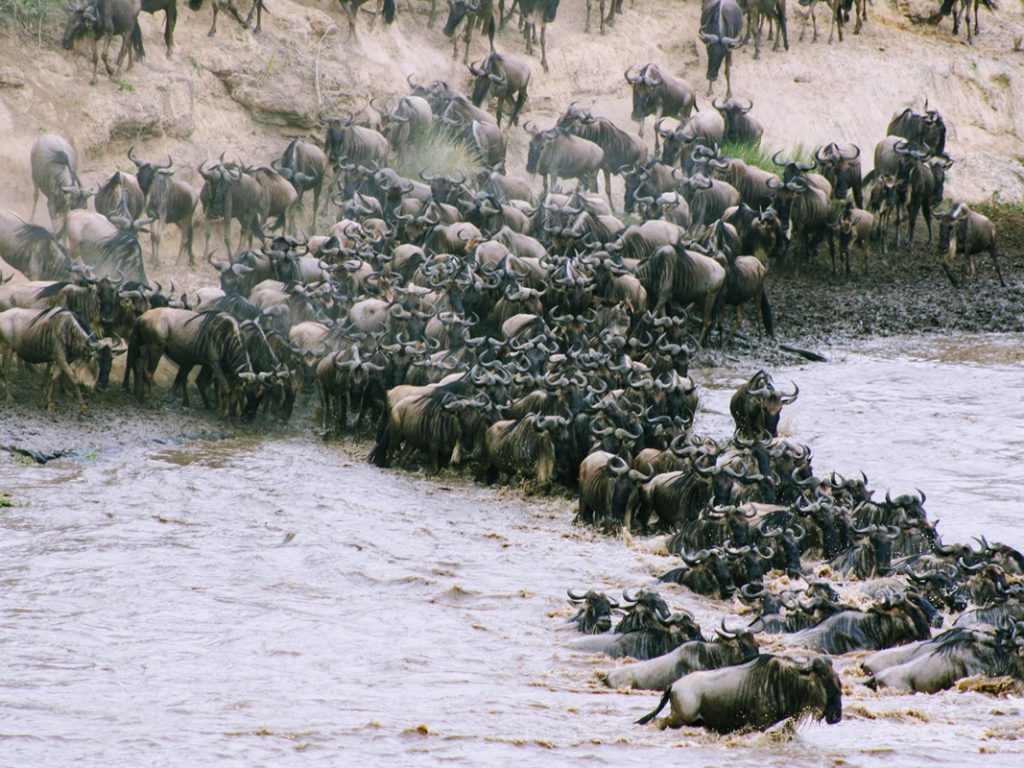
Travelling During the Wet Season: Worth It?
Yes — for the right traveller, the wet season has its own rewards.
What’s great about travelling during the rains?
- Fewer crowds, more personal space
- Lush green landscapes and dramatic skies
- Lower lodge prices
- Excellent for photography and birding
- The temperature drops after every short rain so it makes it more comfortable, and less dusty
Things to consider:
- Some park roads may become muddy or impassable
- Alternative routes are always available, but may take longer
- Afternoon showers can interrupt activities, though they rarely last long
“It rains hard, but brief. And afterwards the landscape feels fresh. It cools down and smells like Africa.”
Birdwatching and Migratory Seasons
Uganda is a birder’s paradise, home to over 1,000 species, many of which are endemic or migratory.
Tips for birders:
- Ask when your target species is present
- Some birds only visit between November – April
- Combine low season travel with specific bird sightings
“Some birds are here year-round, but others arrive seasonally. We always check the migration charts before confirming birding tours.”

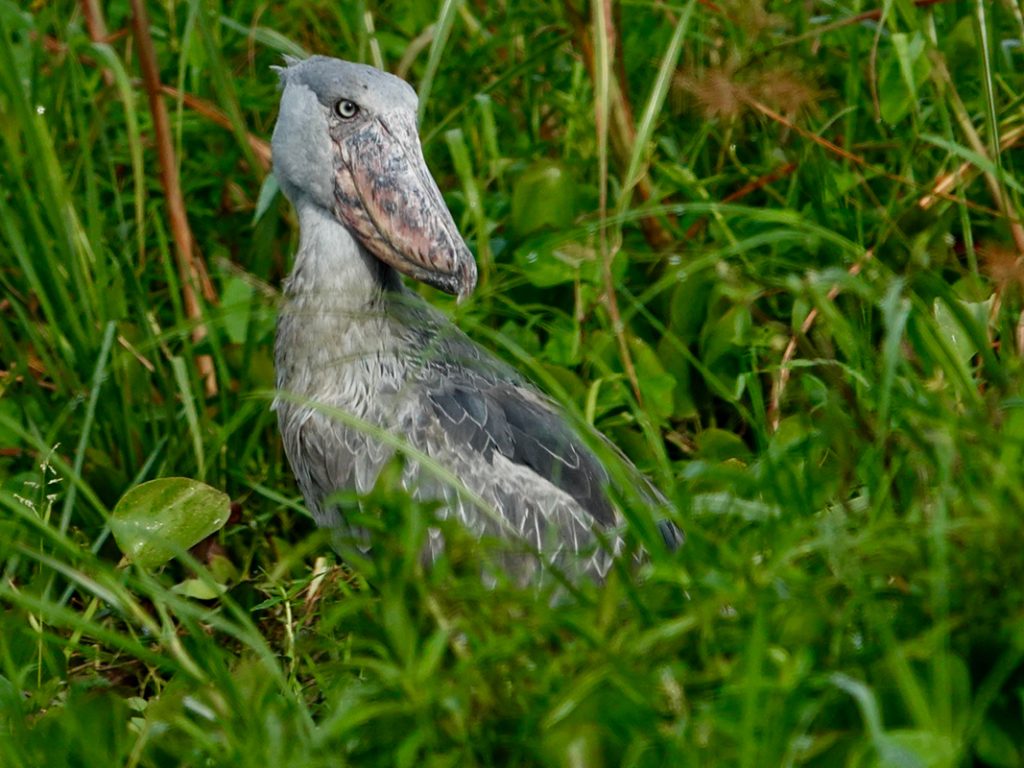
How to Choose the Best Travel Time for You
Here’s how we help travellers pick their perfect timing:
- Know your goal: Safari, trekking, birding or culture? Each has a best season
- Check your flexibility: Dry season = comfort. Wet season = better deals
- Trust local knowledge: We live and work here. We know what’s happening
- Book early for rare experiences: Especially for gorilla permits and migration months
“We don’t just look at your dates. We ask what you want to feel,
see and experience. Then we build your perfect moment.”
Want to plan your trip in the perfect season?
Let us help you find the best time to visit Uganda or Kenya — for safari, gorilla trekking or adventure.

